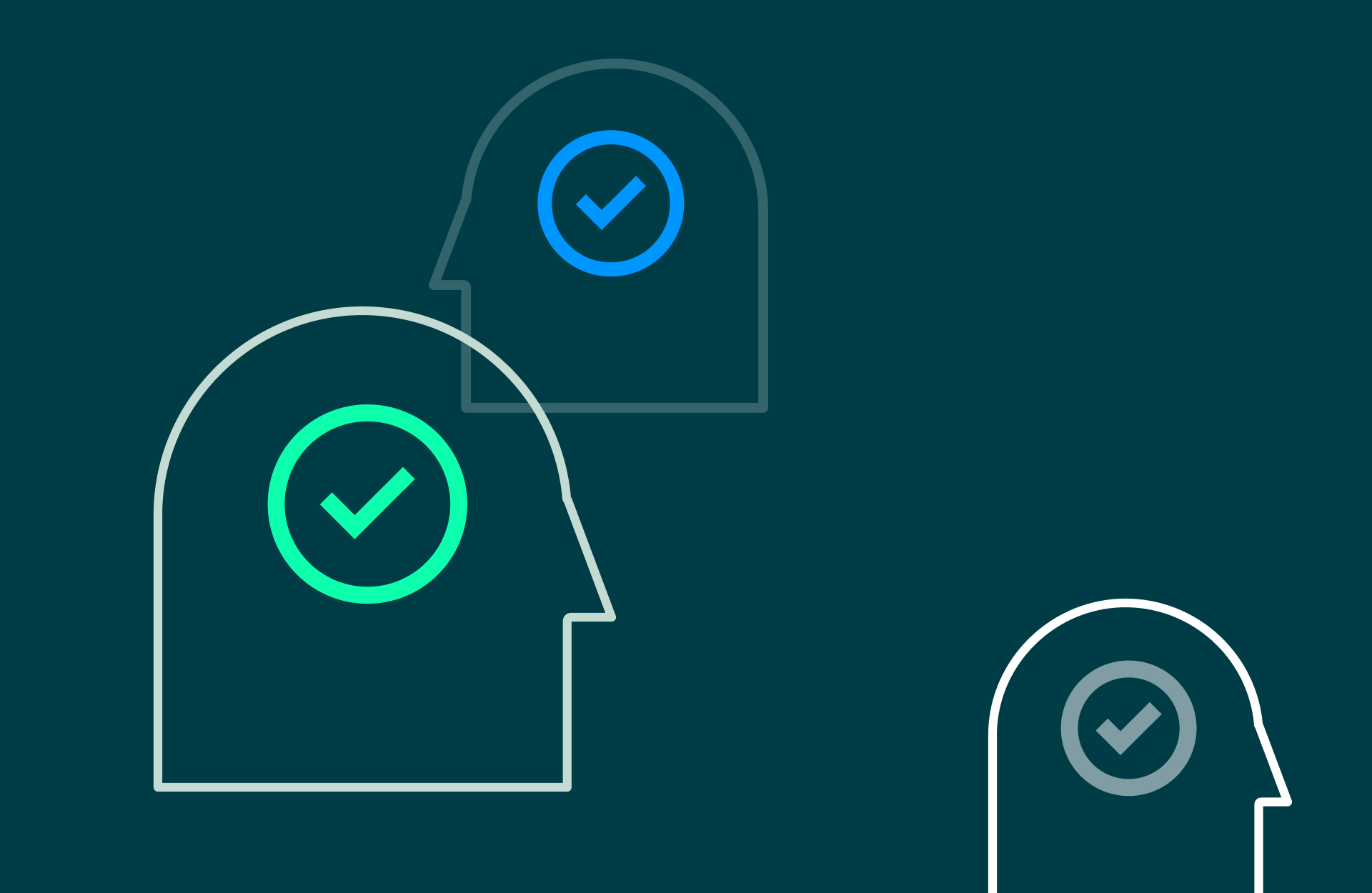Fostering self-directed learners with a long-term, deep understanding of concepts is a key goal for educators.
Authentic learning (or active learning) is, per Steve Revington, “real life learning. It is a style of learning that encourages students to create a tangible, useful, quality product/outcome to be shared with their world.”
Connecting what instructors teach to real-world issues and problems is at the core of authentic learning. In other words, authentic learning requires students to engage in meaningful activities and actively think about what it is they are learning. It is the opposite of the passive, teacher-led classroom in which students memorize and then regurgitate what they hear and see.
Authentic learning makes course concepts relevant to students so that they can retain the information at hand and pivot the knowledge to real-world situations. It involves centering students and their ideas while nurturing them along the educational journey through frequent, low-stakes assessments, constructive feedback, as well as assessment design that enables a student-instructor relationship.
Why is authentic learning necessary?Revington continues, “A student sitting at a desk, taking notes and regurgitating curriculum content uses a minute amount of their potential. In general, students learn to sit quietly, respond in turn, follow instructions and complete tests for a control teacher. Without relevance, personal connection, multisensory engagement and purpose, content driven curricula begins [sic] to evaporate once the test has been taken.”
Such mimicry, while a longstanding pedagogical tradition, doesn’t necessarily prepare students for a changing post-industrial world. In a 2018 Quartz article, Allison Schrager writes, “Factory owners required docile, agreeable workers who would show up on time and do what their managers told them. Sitting in a classroom all day with a teacher was good training for that. Early industrialists were instrumental, then, in creating and promoting universal education. Now that we are moving into a new, post-industrial era, it is worth reflecting on how our education evolved to suit factory work, and if this model still makes sense.”
According to 2013 research, “The education landscape has been shifting towards a stronger emphasis on higher-order level of thinking such as creative thinking, critical thinking, and problem solving as research shows that current graduates lack transcending skills like communication skills and problem-solving skills, which are crucial in the industry. The most important skills employers look for when hiring new employees are teamwork, critical thinking, communication...or innovative thinking. However, in many universities, the mode of teaching is still conventional pedagogy and students tend to learn passively particularly when content is taught in a way that causes students to memorize without thinking critically about what they are memorizing….There is a call for more emphasis to be placed on authentic learning as it provides an environment that cultivates students who would be prepared for the complex working world” (Ju, Mai, et al.).
Why is authentic learning important?Education, according to Horace Mann, is the “great equalizer.” Our world has changed—and it is safe to say a prepared student is one with the ability to communicate original ideas. ”An important characteristic of authentic learning is that there are multiple possible outcomes or solutions to a problem rather than a single correct answer. This can encourage students [sic] ask questions and think outside the box” (Stenger, 2018).
Additionally, authentic learning fosters intrinsic motivation, which is to say behavior driven by internal rewards, because the nature of the work itself is satisfying. Extrinsic motivation, on the other hand, involves engagement based on external rewards or to avoid punishment. Among educators’ goals is to foster a love of learning for its own merits—and authentic learning is critical to engendering such intrinsic motivation.
In The Hechinger Report, Tara García Mathewson states, “Inspiring students’ intrinsic motivation to learn is a more effective strategy to get and keep students interested. And it’s more than that. Students actually learn better when motivated this way. They put forth more effort, tackle more challenging tasks, and end up gaining a more profound understanding of the concepts they study.” By learning through hands-on problem-solving, students “tackle open-ended assignments that require sustained effort; they get the power to choose what and how they learn; they finish projects with something to show for their learning in portfolios and concrete products; they set their own academic goals; they need never focus more on a grade than the process of learning.”
What are ways instructors can foster authentic learning?- Act as a role model for students, and demonstrate a passion for learning. Ask students to share information about themselves in class or in a letter to the instructor. In other words, provide students with a sense of belonging.
- Use examples so students know how the material can be of use. Provide meaningful reasons for learning activities.
- Communicate clear expectations for each assignment. Provide rubrics and consider co-creating rubrics with students.
- Provide constructive feedback early and often to help students understand next steps in their learning journey. Include positive feedback.
- Offer frequent, low-stakes assessments so students can fail safely and learn from their mistakes.
- Uphold fair assessment. Avoid grading on a curve, so students feel they have the opportunity to achieve the highest standards.
- Give students control over their learning. Give them opportunities to choose their own topics or reading lists and provide a variety of assessment formats, so they have control over how they demonstrate their understanding
Educators want the best outcomes for their students in an evolving world. If education is the foundation for positive change, then pedagogy, it goes to follow, has to model the world we want to see. Authentic learning centers student needs and in doing so, fosters original thinking and original ideas, while supporting the entire educational journey.




